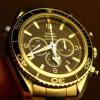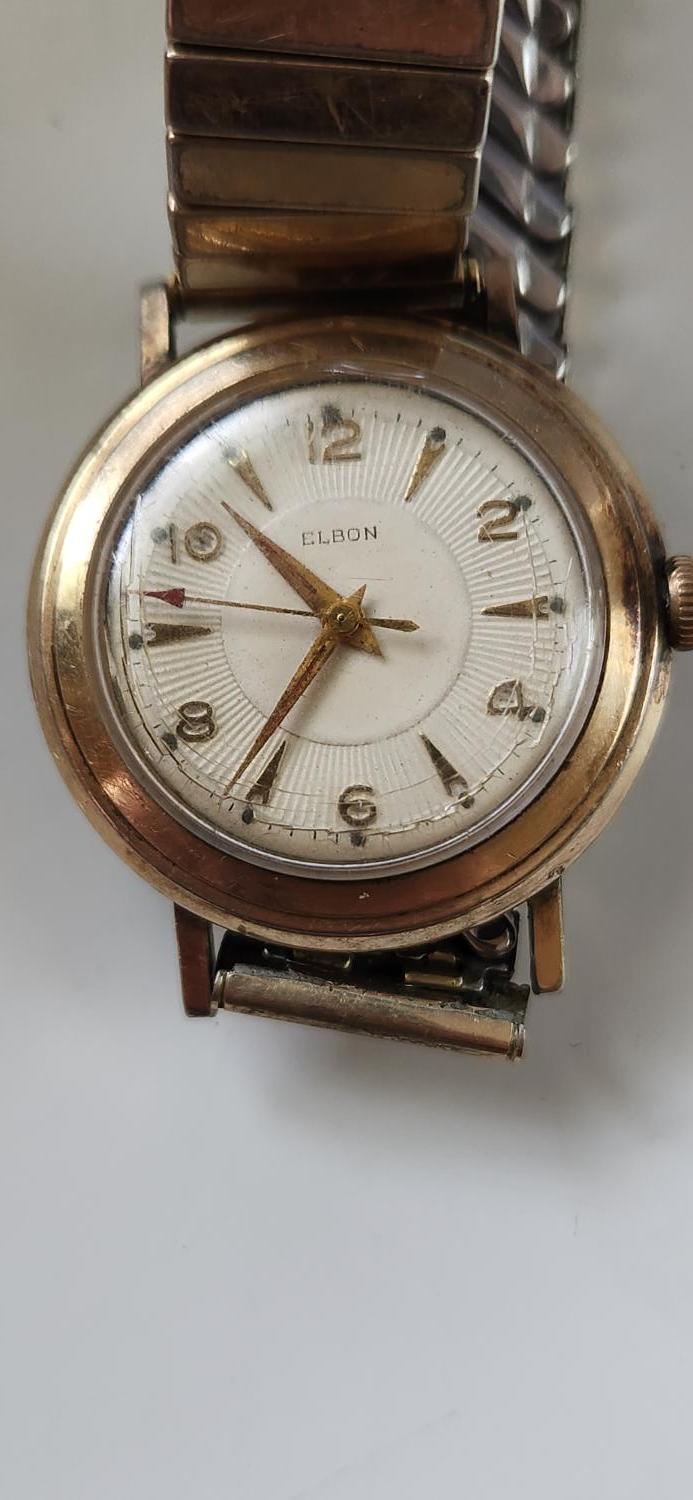How To Regulate A Tudor 2671 Movement That Is Running Too Fast
-
Recently Browsing
- No registered users viewing this page.
-
Topics
-
Posts
-
I wish that was the case. The Aegler movements used in the early days by Wilsdorf & Davis (for brands like Rolex and Rolco) came in several sizes and without designated calibre numbers that survive. They become a bit easier to identify during the 1920s. Below is an Aegler-Rebberg, 25.74mm in diameter. It’s from a woman’s Rolex wristwatch. Stamped Rebberg and 500 on the dial plate (but it isn’t a Rebberg 500, it’s the wrong size). I’d be interested if anyone can identify the movement. It is based off the Aegler Nr.1, circa 1903, but they based many many calibres of different sizes on it. The closest I have to a positive ID is the ‘Rolex Nr.50’ circa 1917, but no dial side images or movement sizes are available in the references. There are identical looking movements in many sizes. The 25.74mm of this movement is a particularly strange size for the era, it equates to 11.41 lignes. Best Regards, Mark
-
It looks like this movement comes with a number of different shock settings. Emmywatch shows that it comes in versions with no shock settings, 'Incabloc', 'shock resist', and 'Supershock'. Perhaps the different settings position the impulse jewel/roller table in a non-ideal position relative to the pallet fork/guard pin. Are you able to check under high magnification if the pallet fork and roller table are able to operate without any interference? Just for fun I took a look and I have one FHF 70 in my collection, a West End Secundus with a non-shock protected FHF70. I had a note with the watch that said, "Movement is stamped 'FHF 70', but the FHF70 looks to have sub-seconds instead of center seconds movement (??)" but that a google search turned up both types for this movement. EDIT: I just took a look in my parts drawer and I have a few of these movements, both in center seconds and sweep seconds, but they all are non-shock protected.
-
Any info on this watch would help. I know that it's sterling from London but I could not match the o letter date or make out makers mark. Is the movement maker Camberwell or Lamberwell? If I give it a twist it will run for about ten seconds. $45 yard sale find. I don't think that I want to service a fusee. What quality is it?
-
Hello As I am learning, does anyone have any recommendations on Repair and sourcing in Gold Coast, Qld, Australia ? eg old Seiko coil 4002920 Thanks. Cheers, Ken
-






Recommended Posts